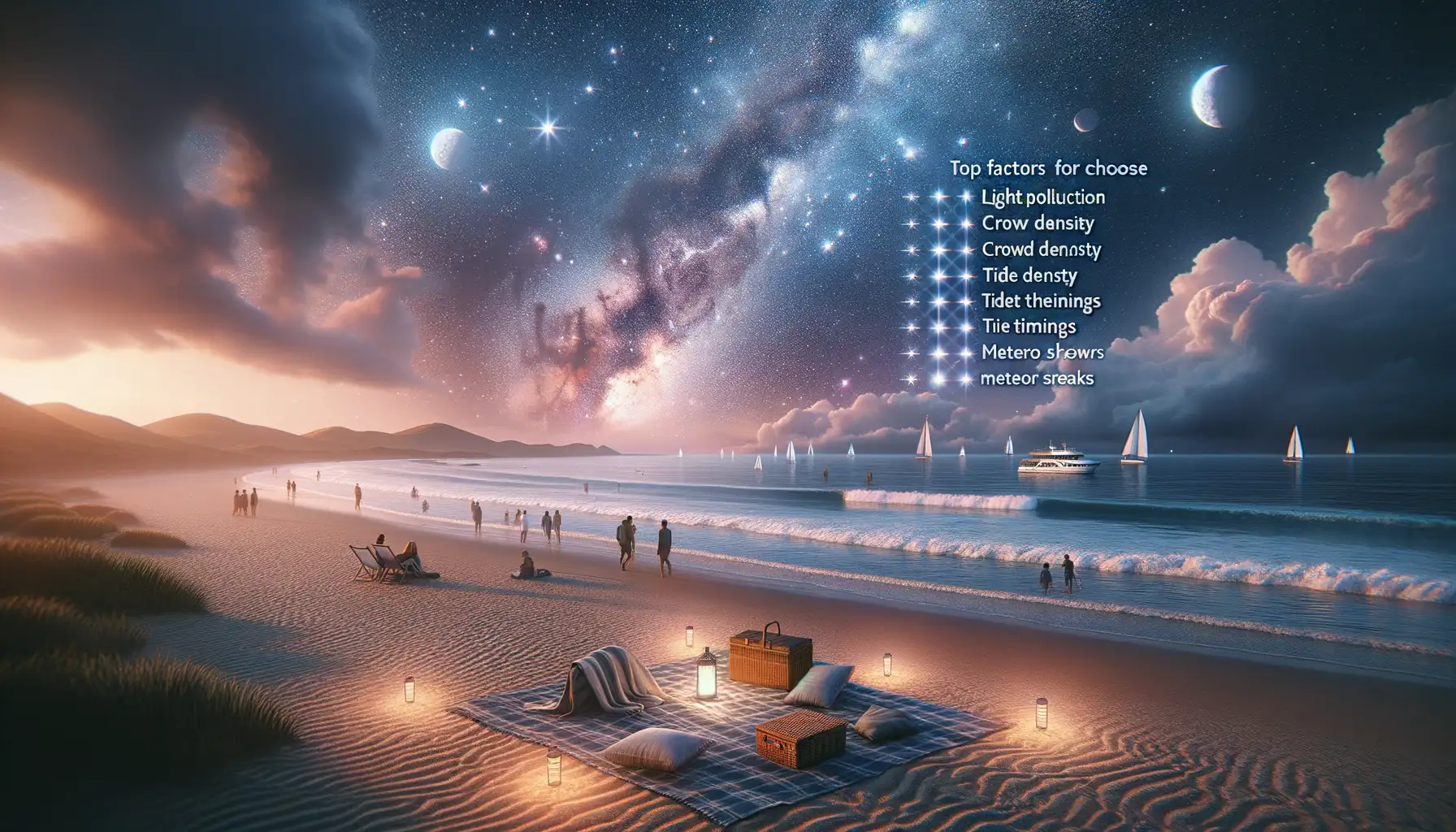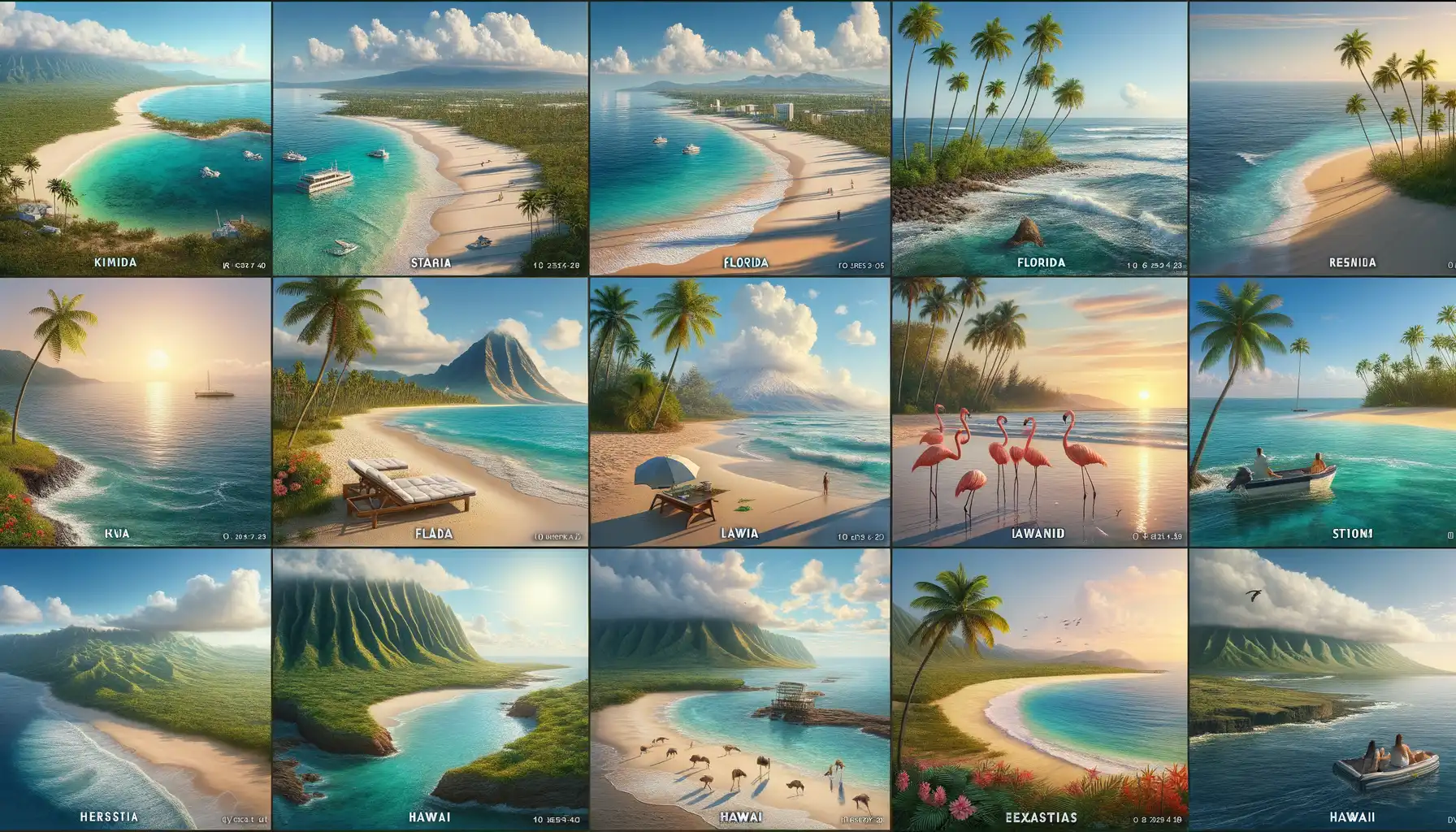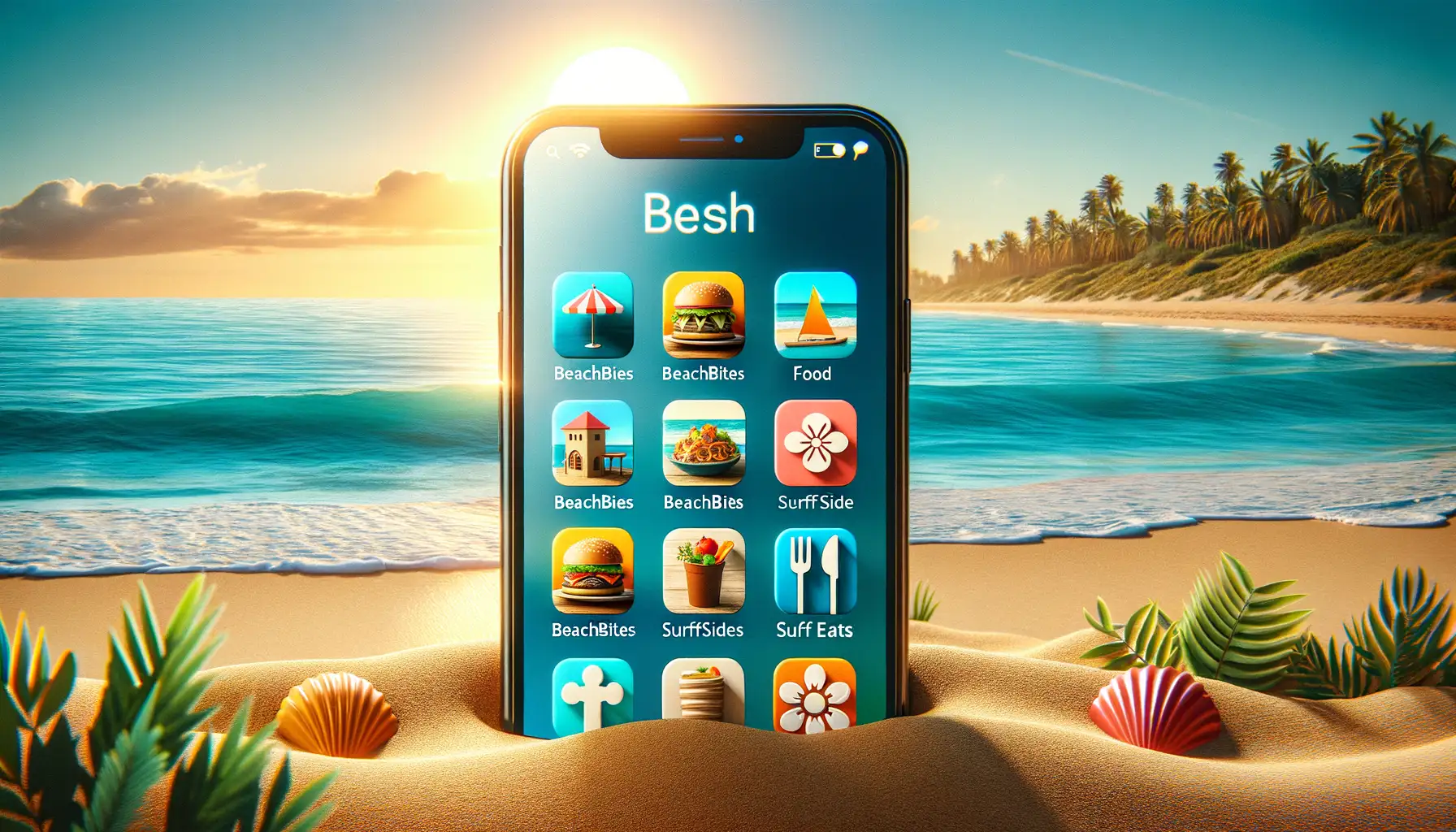What Makes Australia a Top Destination for Whale Watching
Why Australia Stands Out for Whale Encounters
Picture this: standing on a sun-kissed beach, the salty breeze in your hair, when suddenly, a magnificent humpback breaches the water’s surface like a living, breathing masterpiece of nature. That’s the magic of whale watching in Australia! But what makes this country such a haven for these gentle giants?
For starters, Australia is blessed with an incredible coastline stretching over 25,000 kilometers. From serene bays to rugged cliffs, it offers prime vantage points for spotting diverse species of whales, including humpbacks, southern rights, and even rare blue whales. Add to that the country’s location along some of the major whale migration routes, and you’ve got front-row seats to one of Earth’s greatest spectacles.
But it’s not just about location. Australia has a deep love for its marine life—and it shows. Many areas boast protected marine parks where whales can thrive. Oh, and did we mention the crystal-clear waters? In places like Hervey Bay or the Whitsundays, you’ll often see every breathtaking detail, from a playful tail slap to a calf swimming alongside its mother. It’s nothing short of magical!
Best Times of the Year to Spot Whales in Australia
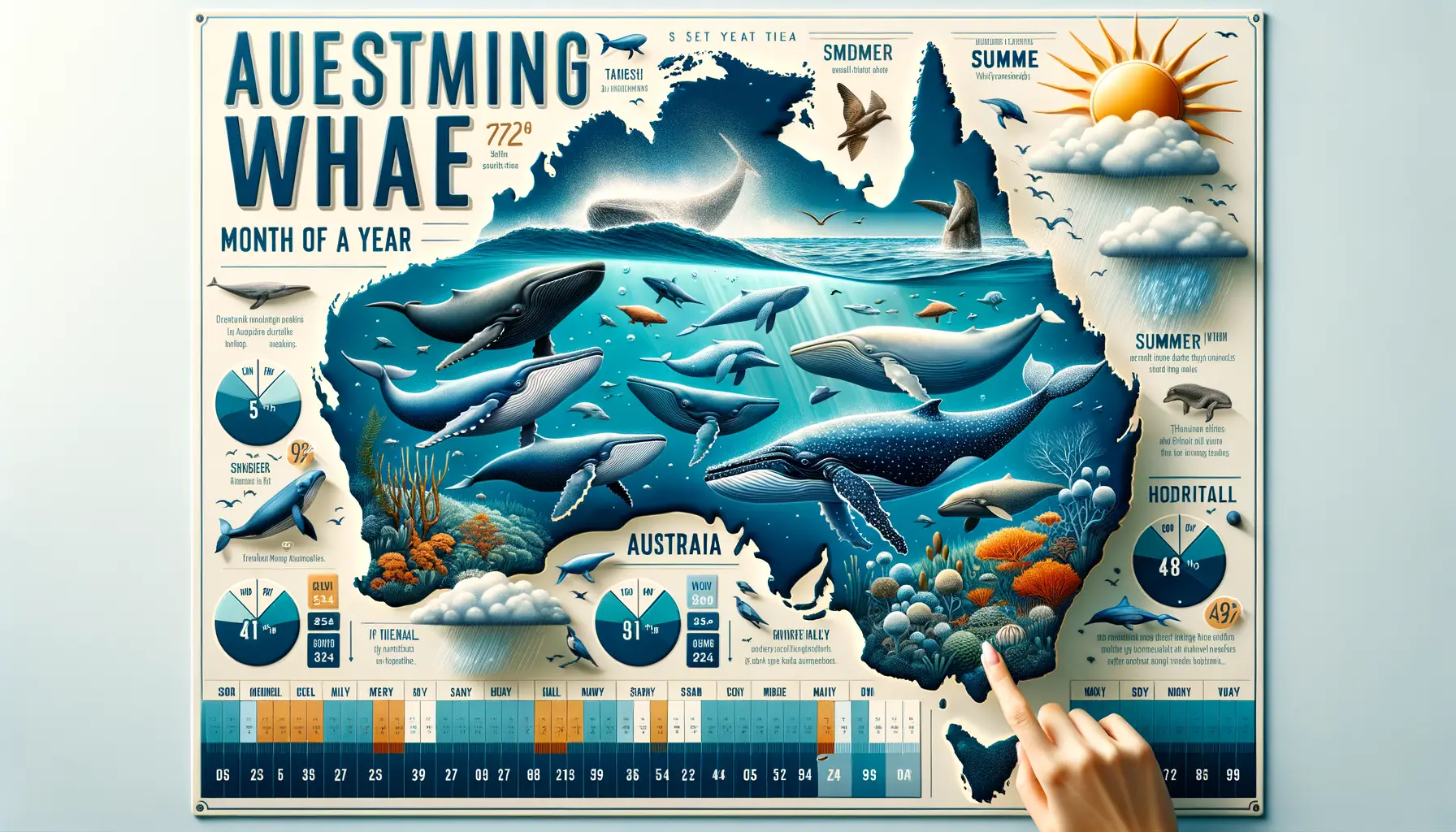
When the Giants of the Sea Come to Play
If you’ve ever dreamed of witnessing the majesty of a humpback breaching against the backdrop of Australia’s pristine coastline, timing is everything. These gentle giants don’t just pop by for a casual swim — they’re on a mission, and knowing their schedule means you’ll have front-row seats for one of nature’s greatest shows.
May to November is your golden window for whale watching in Australia. This is when humpbacks and southern right whales migrate between Antarctic feeding grounds and the warmer waters of Australia’s east and west coasts to give birth or mate. Picture it: mothers nursing calves gliding gracefully along the horizon or pods leaping like synchronized dancers.
- June to August: Peak viewing for humpbacks in Queensland’s Hervey Bay and along the New South Wales coast.
- September to October: Southern right whales dominate the scene in places like Victor Harbor, South Australia.
For those swept up in wanderlust, you’ll also catch blue and minke whales during certain weeks in Western Australia. Trust us, there’s nothing quite like seeing these marine titans up close — it’s a goosebump-inducing kind of magic!
Top Beaches in Australia for Whale Watching
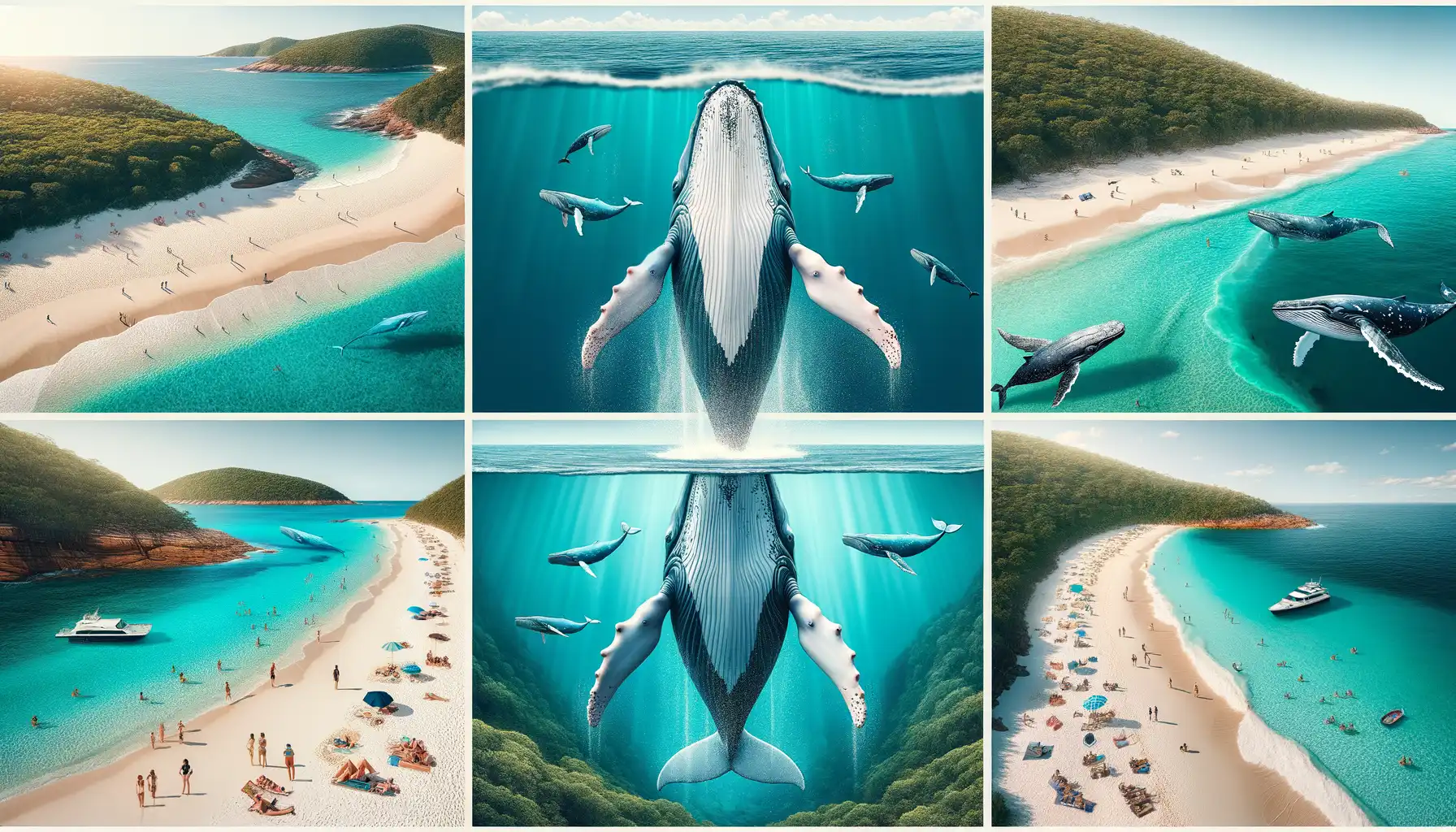
Where Shoreline Meets the Giants of the Deep
Picture this: the serene sound of waves lapping at golden shores, a salty sea breeze brushing against your cheeks. Suddenly, a massive tail breaches the water, a majestic, heart-stopping splash follows. If you’re looking for beaches in Australia where such magic happens, you’re truly spoilt for choice.
Let’s start with Hervey Bay, Queensland. Known as the “whale watching capital,” this coastal gem offers calm waters that act like a nursery for humpback whales and their calves. Late July to November is when these gentle giants make their grand appearance.
In New South Wales, there’s the breathtaking Byron Bay. Picture a sunrise paddle while catching sight of whale tails flicking just offshore. Closer to Sydney? Drive up to Port Stephens, where bottlenose dolphins often join the show!
Feeling adventurous? Head west to Albany, nestled along Western Australia’s rugged coastline. From May to October, Southern Right Whales playfully linger near the shore—close enough to leave you wide-eyed.
- Point Lookout, North Stradbroke Island – A natural amphitheater for those wanting a panoramic view.
- Victor Harbor, South Australia – Where whale-watching meets coastal charm.
These beaches aren’t just places; they’re stages where nature performs its greatest ballet.
Tips for an Unforgettable Whale Watching Experience
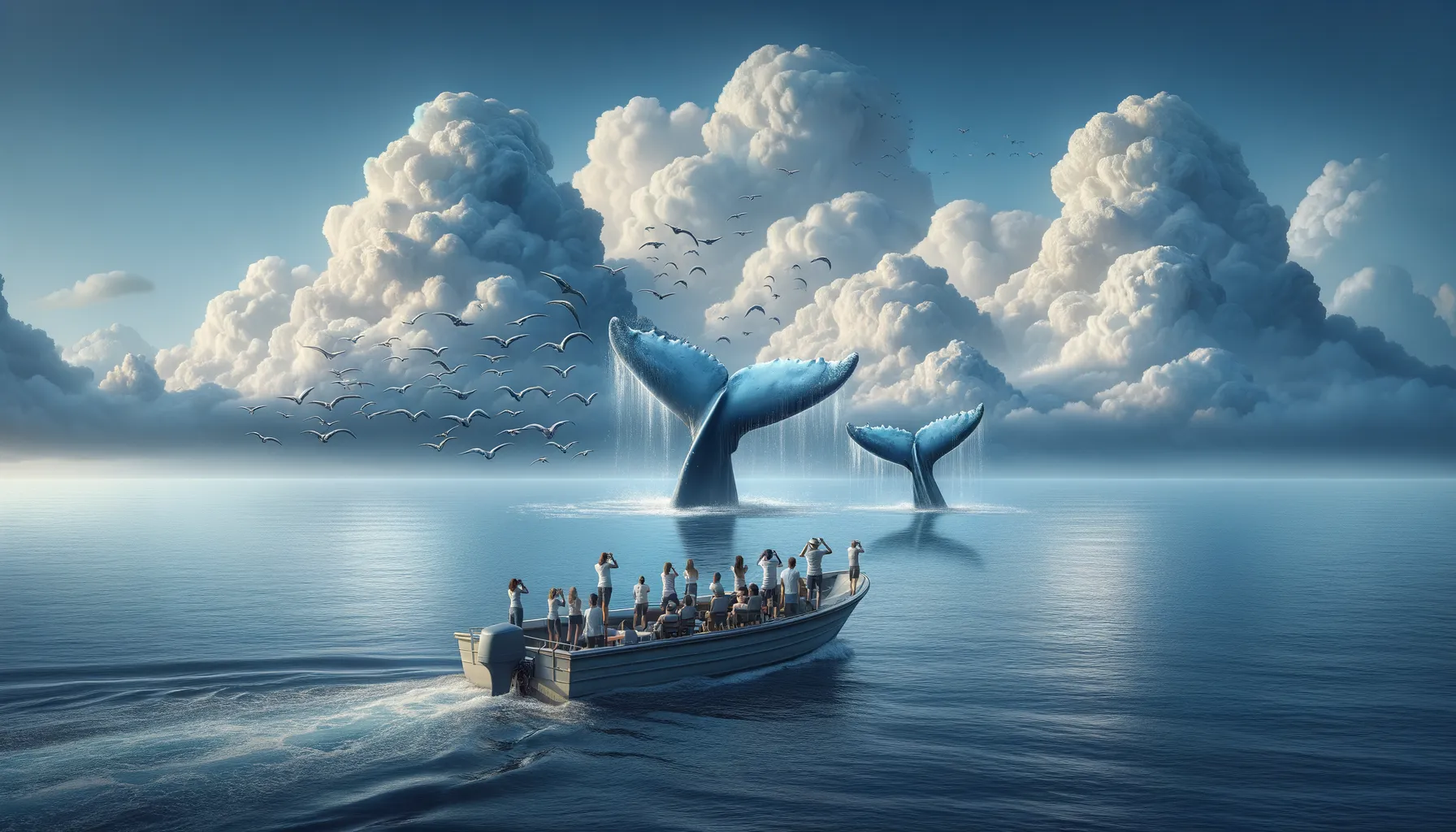
Prepare Like a Pro for Your Whale Watching Adventure
Imagine standing at the edge of an Australian beach, the salty breeze teasing your hair as you spot a whale breaching in the distance. To make moments like this even more magical, a little preparation goes a long way. Don’t just show up—arrive ready to be amazed! Start with the essentials: pack a pair of binoculars. While whales can put on quite the show, sometimes they’re shy, and those extra lenses will help you catch every tail slap or graceful dive.
Layer your clothing because coastal weather loves surprises. The morning might start sunny and warm, but after an hour by the water, you’ll thank me for that cozy jacket. And don’t forget sunscreen—trust me, the Aussie sun has no mercy.
- Download a whale watching app to track migration patterns (yes, they exist!).
- Bring a camera with a zoom lens if you’ve got one—you’ll be itching to relive these moments post-trip.
- Most importantly, bring patience. Sometimes, nature makes you wait, but wow, is it worth it.
How to Truly Connect with These Ocean Giants
Here’s the secret that transforms “just seeing whales” into a heart-stirring experience: curiosity and respect. Take a moment to learn a bit about the whales you might encounter. Is it a playful humpback? A mysterious southern right whale? Knowing their stories helps you connect deeply when you see them cresting the waves.
While you watch, let yourself feel awe. Think about how far these creatures have traveled—thousands of kilometers through oceans fraught with challenges. Resist the urge to shout over the roar of the waves; most beaches encourage quiet observation, which not only respects the whales but amplifies the serenity of the experience.
Oh, and if you’re lucky enough to spot a mother with her calf? That’s pure magic. It’s as if the ocean itself is sharing its most beautiful secret with you.
Conservation Efforts and Responsible Whale Watching
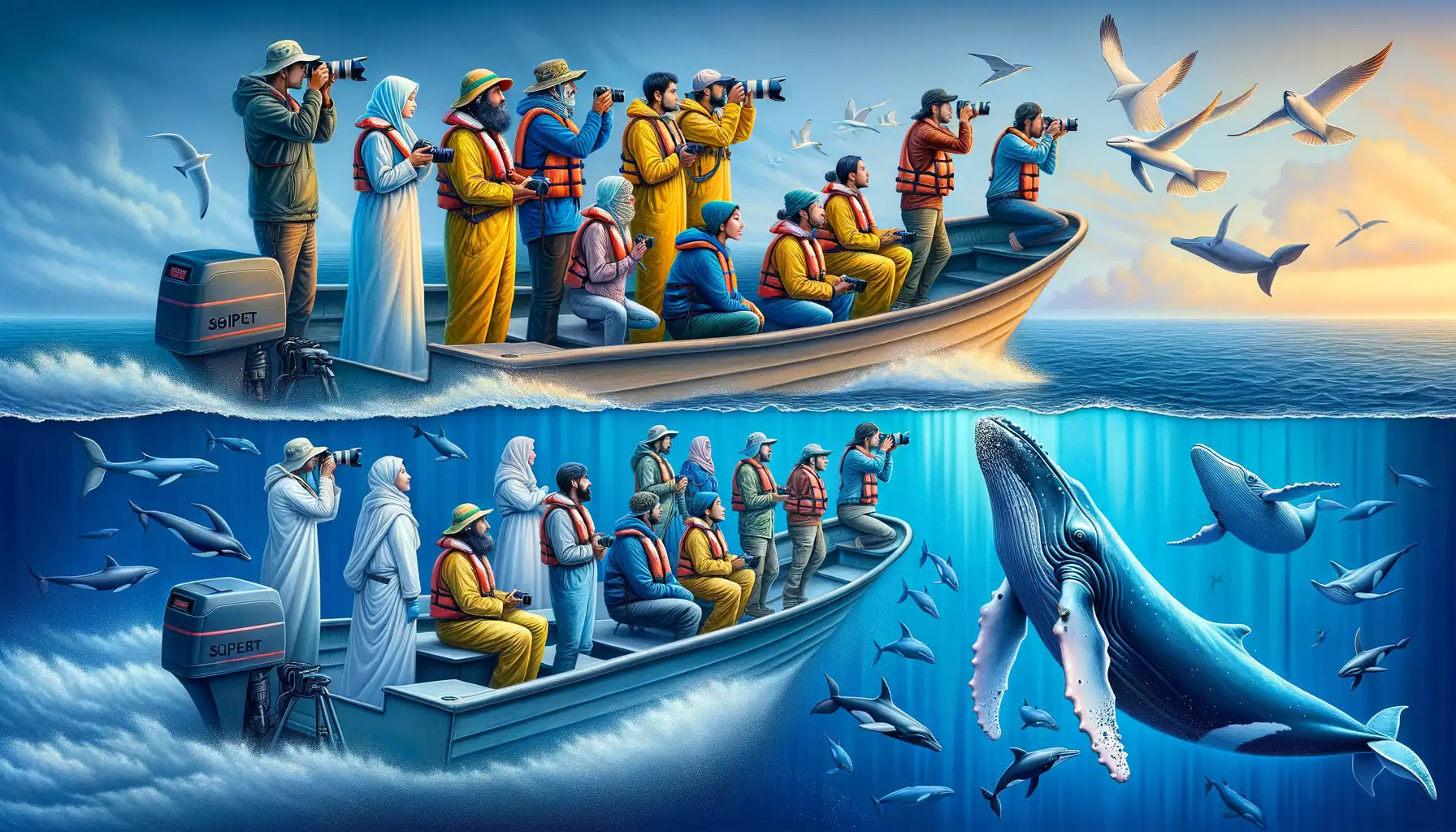
Protecting Our Ocean Giants
Standing on Australia’s breathtaking beaches, captivated by the mesmerizing breach of a humpback whale, it’s impossible not to wonder: how can we ensure these majestic creatures survive for generations to come? The answer lies in balancing our awe with action. Conservation efforts are the backbone of protecting whales, and by choosing responsible practices, you become part of their story.
Whaling might be a thing of the past in this region, but threats like ocean pollution, ship strikes, and climate change still loom large. Thankfully, organizations like the Australian Marine Conservation Society work tirelessly to safeguard these gentle giants. Every small decision matters—opting to avoid single-use plastics, supporting sustainable seafood, or donating to whale preservation programs makes ripples of impact.
How to Whale Watch Responsibly
It’s tempting to chase that Instagram-perfect moment, but ethical whale watching is all about respect. Here’s how to do your part:
- Keep a safe distance (at least 100 meters for most species).
- Choose eco-certified tour operators that prioritize marine life protection.
- Turn off boat engines when whales are nearby to reduce noise pollution.
Remember, every choice you make keeps these waters a sanctuary, preserving the magic for future adventurers.


